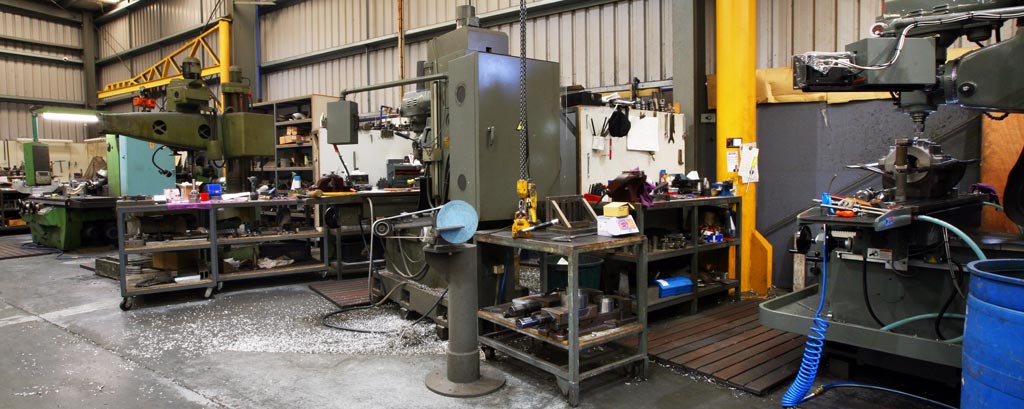
Discover advanced conventional milling strategies for high-tolerance components in diverse industries in Australia. Learn with Aero Spec Engineering.
Conventional milling remains a cornerstone of modern manufacturing, offering unparalleled versatility and precision for creating complex geometries and tight-tolerance parts. As a leading manufacturer of CNC machined parts, Aero Spec Engineering leverage advanced strategies to push the boundaries of what’s possible with this time-tested machining process.
Strategies for Optimising Conventional Milling
To ensure the successful implementation of conventional milling techniques, Aero Spec Engineering employs the following advanced strategies:
• Optimised Cutting Parameters: Selecting the right cutting speed, feed rate, and depth of cut is critical for achieving optimal results. We carefully analyse each job to determine the ideal parameters based on the material properties, tool geometry, and desired surface finish. This approach minimises tool wear, reduces vibration, and ensures consistent quality across production runs.
• Rigid Workholding Solutions: Proper workholding is essential for maintaining tight tolerances during milling operations. We utilise advanced fixturing techniques and custom-designed jigs to securely hold work pieces, minimising deflection and ensuring repeatability. This attention to detail allows us to achieve micron-level accuracies even on complex parts.
• High-Performance Cutting Tools: Investing in premium cutting tools is crucial for achieving superior results in conventional milling. We carefully select carbide end mills, face mills, and other cutting tools based on the specific requirements of each job. By using tools with optimised geometries and coatings, we can achieve longer tool life, better surface finishes, and tighter tolerances.
• Precision Coolant Management: Effective coolant management plays a vital role in maintaining tight tolerances during milling operations. We employ advanced coolant delivery systems that provide precise, high-pressure coolant to the cutting zone. This helps to control heat generation, improve chip evacuation, and extend tool life, ultimately leading to more consistent and accurate results.
• In-Process Inspection: To ensure the highest levels of accuracy, we incorporate this technique into our conventional milling operations. By using touch probes and other measurement devices, we can verify critical dimensions throughout the machining process, making real-time adjustments as needed to maintain tight tolerances.
• Vibration Control: Minimising vibration is crucial for achieving high-tolerance components through conventional milling. We employ various vibration-dampening techniques, including optimised tool holder assemblies, balanced cutting tools, and advanced machine tool designs. These measures help to reduce chatter and improve surface finishes, particularly on thin-walled or delicate parts.
Advantages of Conventional Milling
One of the key advantages of conventional milling is its ability to remove material quickly and efficiently. By utilising multiple cutting edges on a rotating tool, we can achieve rapid stock removal while maintaining excellent surface finishes.
This makes conventional milling ideal for both roughing and finishing operations, allowing us to optimise production times without compromising on quality. Also, conventional milling is often the preferred technique when working with materials that are prone to chipping or tearing, such as cast iron and hot-rolled steel.
Aero Spec Engineering: Your Partner in Precision
Whether you require tight-tolerance parts for the transport industry or precision components for automation systems, Aero Spec Engineering has the knowledge, experience, and advanced conventional milling capabilities to deliver exceptional results.
Optimized by: Netwizard SEO
